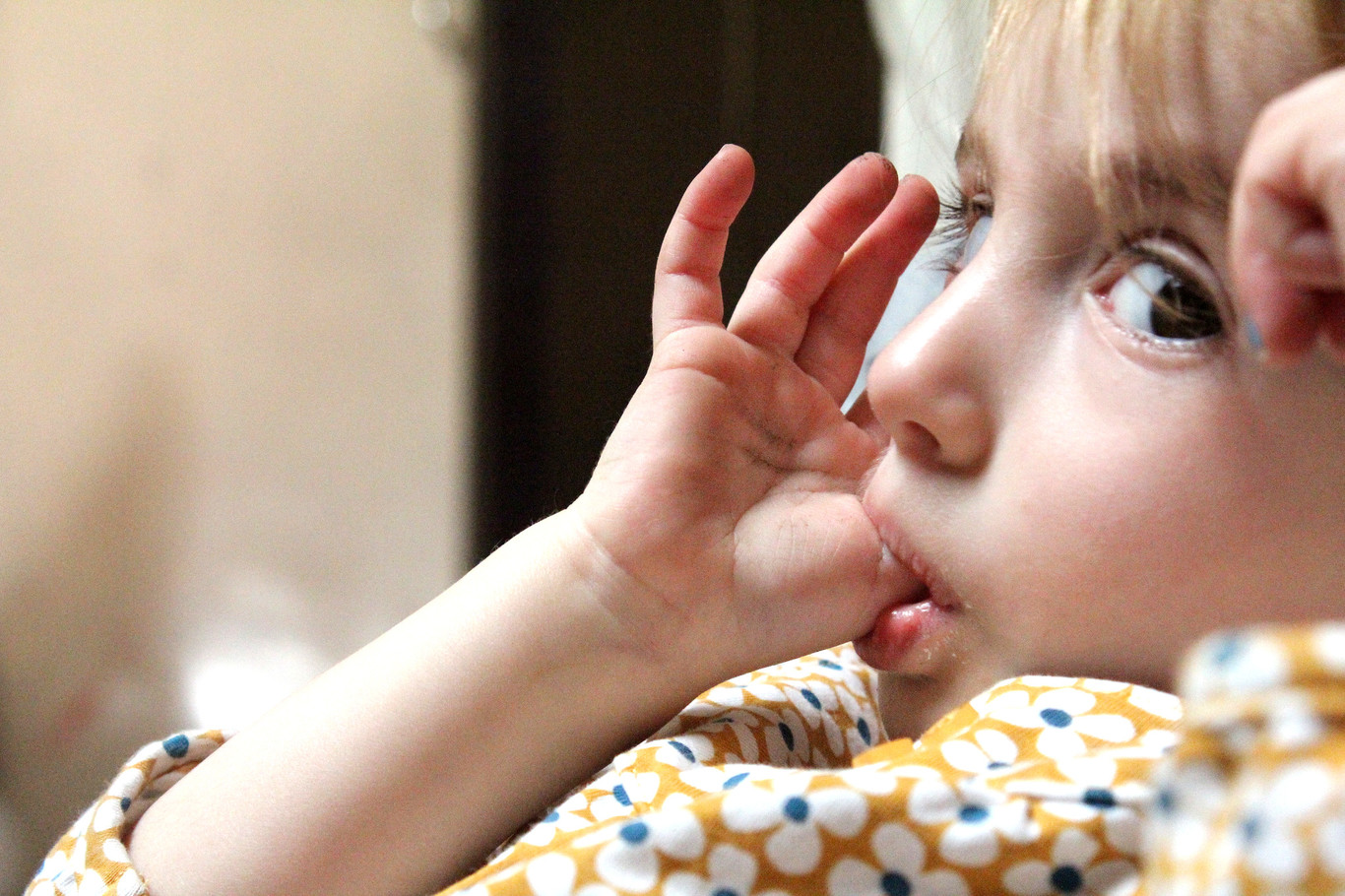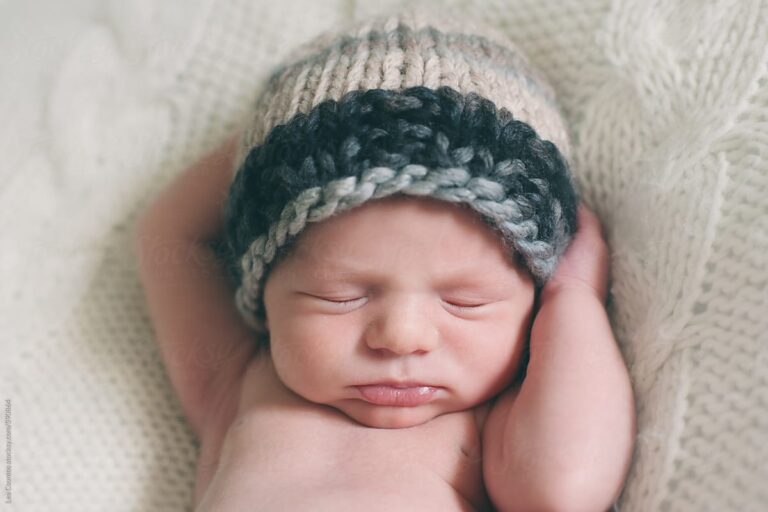The effects of thumb and pacifier sucking longer than recommended (and how to avoid it)
The sucking reflex is one of the reflexes with which babies are born that serves to ensure food (eating calms their stomach but also calms them, because they suck) and that helps them regain the state of calm that is altered for living in a world that they do not understand where many things scare them. In this article let us understand the effects of prolonged thumb sucking and how to avoid it.
In order for this reflex to be activated, they need something to suck, mainly the mother’s breast , which is what nature has planned for it, although babies who need to suck the most can take advantage of the shape of their finger to do it anyway, just as many fetuses make in the womb.
Since the last century, babies also have pacifiers , a substitute for the maternal breast that does not feed but allows the baby to suck and regain calm, a protector against sudden death, especially in babies who do not breastfeed (those who are breastfed tend to suckle at night, and breastfeeding is protective of SIDS), but that used for longer than recommended is harmful, as can also the finger. So that you know more about all this, we tell you today what are the effects of thumb sucking and pacifiers and how to avoid them .

The negative effects of thumb sucking
While the baby is small there is not much problem in this sense, precisely because it is still small, although the mother should try to offer the breast so that it is what she sucks instead of the finger . In case of not being breastfed, the pacifier, which is softer and can be removed more easily than the finger, can be offered.
When they are older, thumb sucking helps them to relax when they are nervous, to calm down when they are hungry and have not yet received food, and to fall asleep. However, if they continue to suck it beyond 5-6 years, when the permanent teeth appear, and they make it relatively strong, it can substantially alter the shape of the thumb (even injure themselves) and they can suffer a significant malocclusion. of the bite , as you can see in the photos above, in which the teeth adapt to allow the space in which the finger goes.
The negative effects of the pacifier
The pacifier should not be offered to a breastfed child until at least 4-6 weeks of age , because the ideal is to wait until breastfeeding is well established first and the pacifier does not interfere. From that moment on it is optional (as it is for babies who do not breastfeed). Some babies want it and others reject it.
For those who want it, it is a good resource at times when the baby is very restless if they do not breastfeed (or if they take it and mother is not there), although it depends a bit on the child … as I have explained on other occasions, My children have not used a pacifier any of the three because they breastfed, and because they did not want to (we tried with the first one), and when it was my turn to calm them I had to invent a little ways to restore them to calm.
The negative effects of using the pacifier for longer than recommended are the same as in the case of the finger, the possible malocclusion of the bite if it is used beyond the aforementioned 5-6 years.
Although this effect is usually less pronounced because it is softer than a finger, the pacifier affects children in other ways:
- Children who use a pacifier breastfeed for less time .
- Children who use the pacifier intensively (who not only use it to sleep and calm down on time, but at more times of the day) can see speech development affected , because it does not allow logical and natural movements of the tongue and mouth In day to day.
- Also, children who use the pacifier for too long may experience speech delays because they talk less and talk to them less. When using a pacifier, people speak to them less because they know that they will not be able to answer, and when using a pacifier they speak less because they cannot speak!
- Children who use the pacifier for a longer time, and not only to fall asleep, suffer 33% more episodes of otitis .
Until when finger and until when pacifier?
At the level of bite, as we have mentioned, the greatest risk occurs when the milk teeth fall out and the final teeth will come out. By then, the ideal is that the child no longer depends on the finger or the pacifier to sleep.
But as we have said, the pacifier is used for more things than sleeping.
To avoid other adverse effects of pacifier use, it is recommended, in all children, to limit its use until one year of age, which includes the ages of maximum risk of SIDS and those in which the infant has the greatest need to suck.
If it can be removed after a year, perfect. But if it is not achieved, or if it is not even tried (because I believe almost nobody removes it at that age), what you have to try is to prevent the pacifier from being used during the day, or in other words, limit its I use only when the child is sleepy and asks to sleep. This way it will not affect the shape of your mouth, this way you will have freedom to speak and so you can learn to do it without an object in your mouth: can you imagine going around the world with a huge candy continuously? Surely you would speak very little or nothing.
How to remove the pacifier?

Well, in the same way that adults we remove our vices. Leaving them only for the moments when we really need them and looking for alternatives to finally leave them. What is usually summarized in not offering, not denying, replacing, to which we can also add a “make grow”:
- Do not offer : if we want the child to stop using it, we cannot go with the pacifier behind them. For us it has to, in a certain way, disappear, not think of it as a resource, and consequently eliminate it from our visual field and, above all, from the child’s visual field: that he does not see it.
- Do not deny : if even if he does not see it, he asks you, give it to him. It is enough that you smell that you do not want to give it to him, that something has changed with the pacifier, that it begins to be a “forbidden object”, so that he wants it even more (“they want to take it from me, I do not let go”).
- Substitute : keep control of the times when we know that the pacifier tends to ask for more and anticipate looking for alternatives. If he asks for it when we go out, give him something to eat or drink, or go down to the street with the child in his arms, talking, asking him things, etc. At night, to sleep, trying to make him sleep in a different way, caressing him, telling him a story until he falls down, singing a song …
- “Make it grow” : this is a tip for children who are 3-4 years old and older, which is linked to all the processes of “stop doing baby things”. If we want a child to leave the diaper, if we want him to leave the pacifier, if we want him to behave like a child and not like a baby, we have to treat him like a child, and not like a baby.
Many parents continue to treat their 4-year-old children as if they did not have them, behind all day as if they were incapable of having the slightest autonomy, and what they are doing is delaying their development even more. You have to let them grow, you have to let them try to do things that we always do to them (because many times they try and we, to go faster, we don’t let them) and you have to talk to them like children and not like babies (that the “meow” be a cat, the “tete” the pacifier and the “baby” be the child).
By letting them grow, gain autonomy, they feel more capable of leaving those things that still anchor them to previous stages. I am not talking about “forcing to stop”, but about ” helping not to need “.
How to remove the finger?
The finger is less problematic for speech because it is rare for a child to go with the finger in their mouth all day. However, it is harder than the pacifier and it is impossible to remove it and consequently it is more capable of affecting the bite and more difficult to avoid (there are adults who suck their thumb in privacy). The tips are similar to those discussed with the pacifier:
- Find alternatives that can help you be calm, such as a toy or stuffed animal, or directly accompany you until you fall asleep.
- Try to get him to sleep as soon as you notice that he is sleepy : we often take a long time and then when they go to sleep they are less sleepy and use their finger to “cause” themselves to calm down and fall asleep.
- Helping him talk about his problems or frustrations , so that he tries to overcome them from cognition and not from sucking … it helps him grow and find other tools to find calm.
- Use an element that generates rejection : if it costs you a lot, if the finger is being affected or if the mouth is also affected and needs correction through orthodontics, the American Academy of Pediatrics recommends that, in addition to all the above, we explain that to take care You have to bandage your finger and your mouth or even put some substance on it that gives it a bad taste … that you can suck on without problem, but that tastes bad so that you do not do it.






